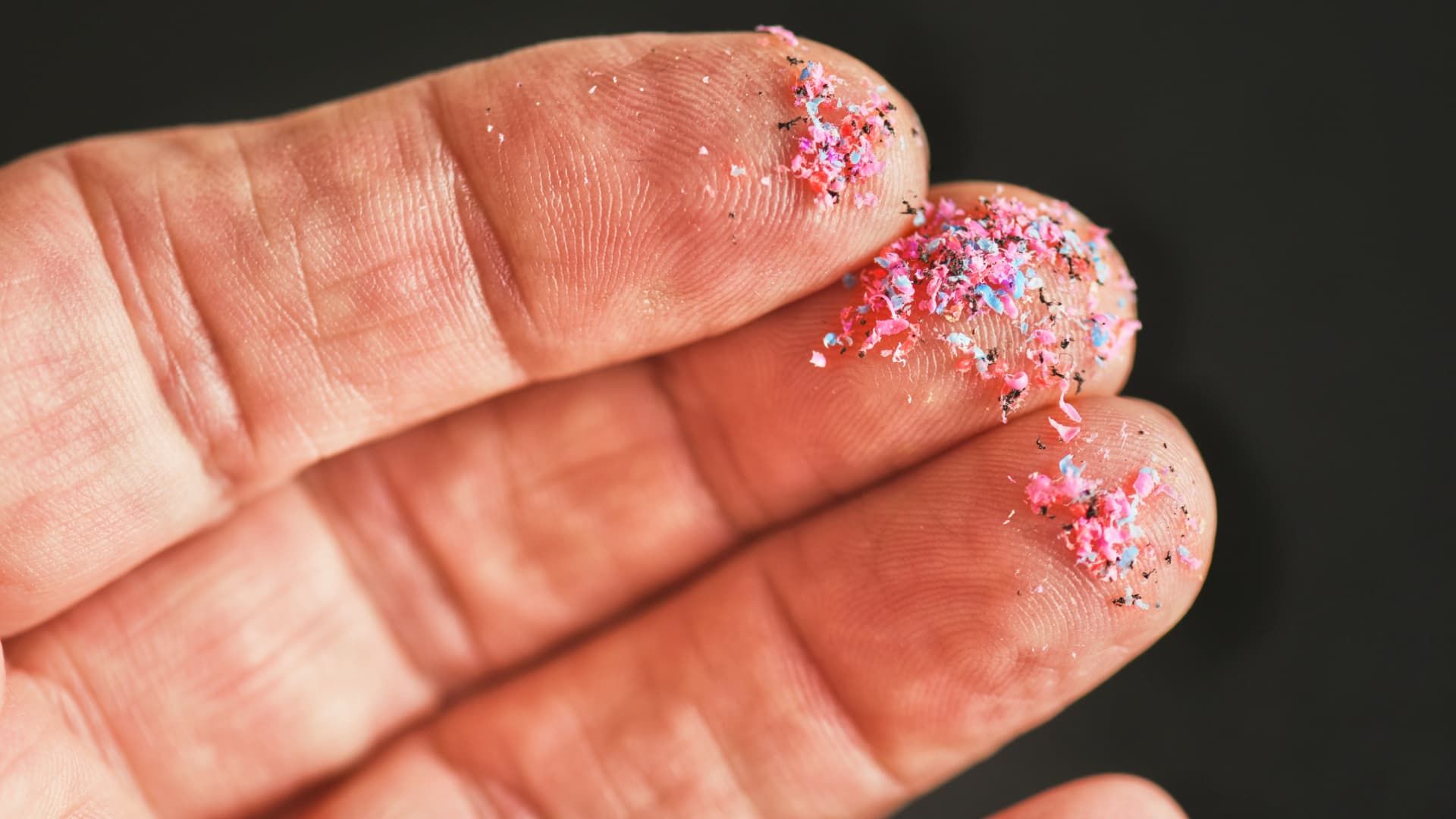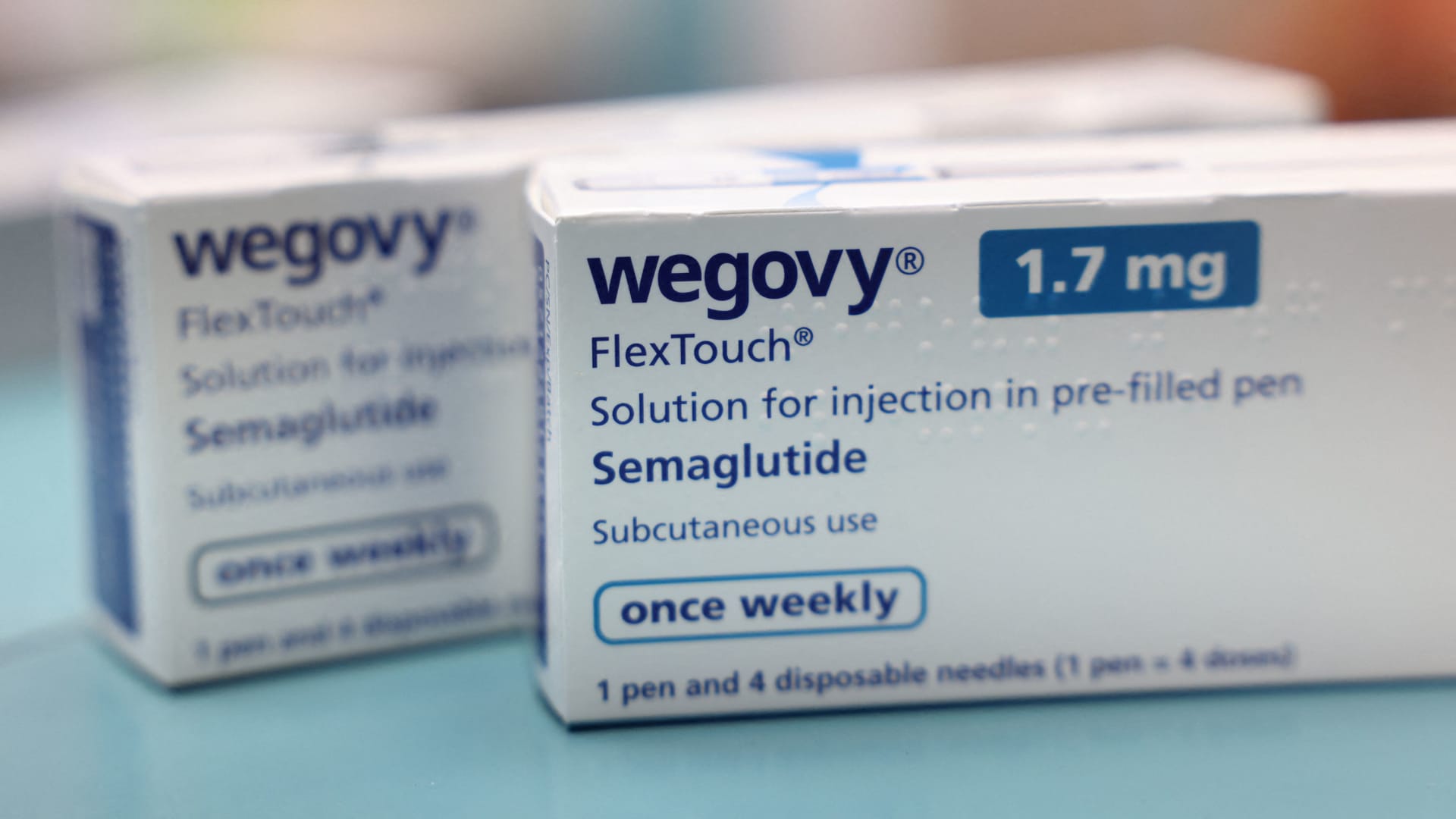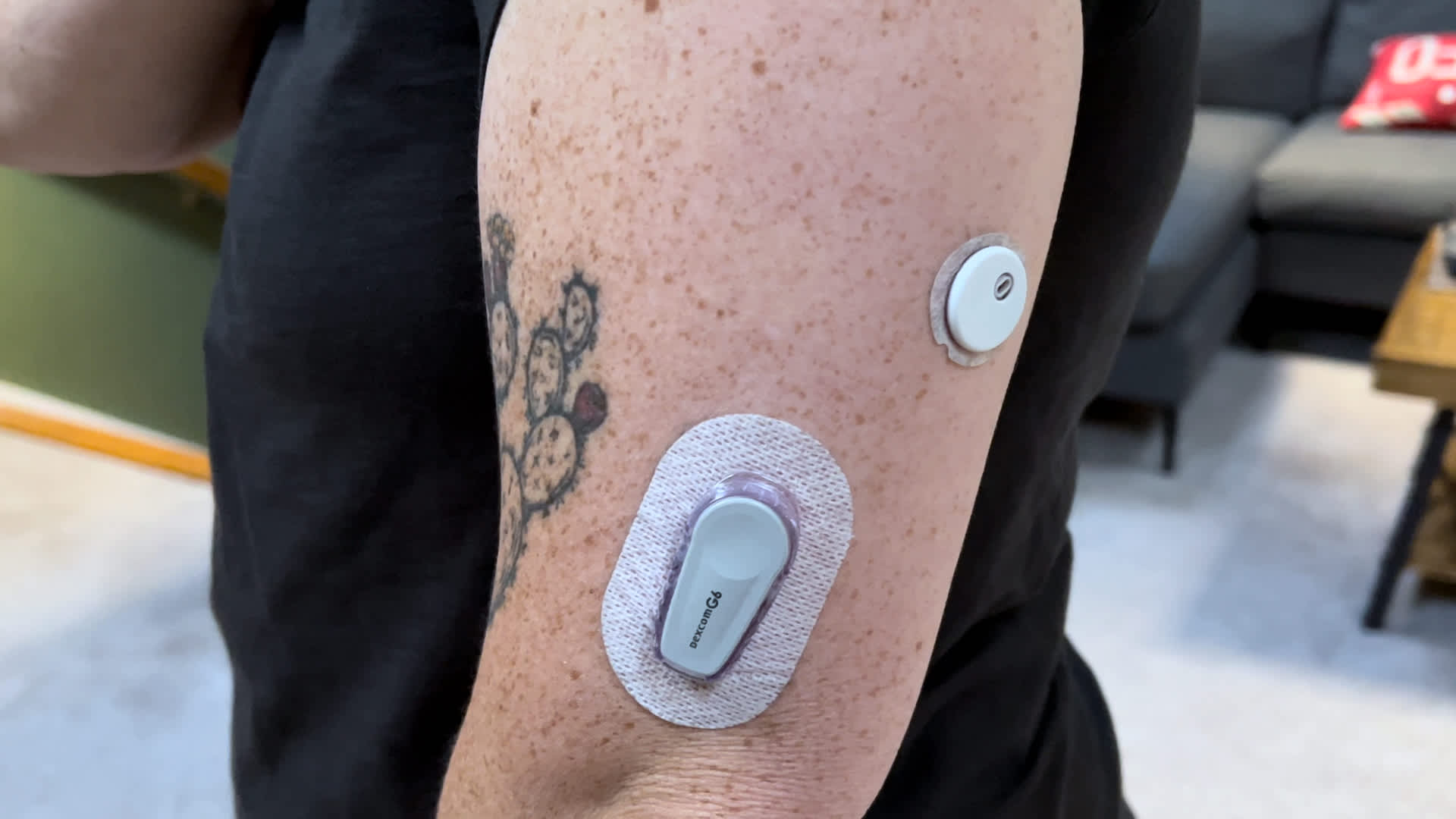Microplastics are increasingly in our bodies and food supply.
They are defined as plastic pieces of more than 5 millimeters, approximately the size of a pencil draft. But they can also be much smaller, such as the size of a virus particle or a DNA thread.
Petrochemicals, plastic blocks, occur from oil and gas. The business is a small but profitable area of the fossil fuel industry, and any setback on the use of plastics is considered a threat to the oil and gas industry.
“Where the industry is more vulnerable is in the human exhibition to microplastics,” said Richard Wiles, president of the Climate Integrity Center. “They will have to try to tell us that exposure to microplastics every day, from birth to death, is fine. It's great. You should eat more. It's not a problem. And I don't think they can win that argument.”
Scientific research on microplastics has shot in recent years. The Pubmed database of the National Library of Medicine reported that the level of scientific research published to the “microplastic” search term has almost doubled from 2021 to 2024.
A study, published in Nature Medicine in February, found that the 2024 human brains had an average of approximately 7 grams of plastic, which is approximately 50% more plastic than the brains examined in 2016. The scientists involved in the study told CNBC that these samples come from the frontal cortex, that the ongoing research suggests that they can contain the highest levels of microplastic microplastic.
“If people think there are guard dogs that measure and understand this type of nanoplastic as they enter, our food, our water, our air, I have not seen any evidence that it happens on any significant scale,” said Andrew West, a researcher at the University of Duke and one of the study co -authors.
Scientists in the muscle tissue of the fish and even in the fibers of fruits and vegetables have found microplastics.
“Thanks to the advances in monitoring technology, we can now detect incredibly small amounts of substances such as microplastics,” said Kimberly Wise White, vice president of regulatory and scientific issues of the American Chemistry Council, a commercial association for the plastics industry. “But finding something at extremely low levels does not mean that it is harmful. Plastics offer proven benefits in medical care, food security, transport and technology, benefits that we cannot afford to lose.”
Industry giants are invested strongly in chemical production as oil demand is decreasing electrification, US tariffs and deceleration of economic growth in China and India. The International Energy Agency said that the adoption of electric vehicles, for example, has displaced more than 1 million barrels of oil consumption per day in 2024 and that 5 million barrels are expected to increase by 2030.
In its 2024 perspective, BP Said the decrease in the use of oil in transport was being compensated by the use of oil for petrochemical production. While chemical uses include a variety of products such as detergents and paintings, polyethylene plastics are an important part of the chemical business.
“The main oil and gas companies are playing a key role in the supply chain for plastics. And then there is a complete set of many other companies [on] The downstream side that are involved in the creation of plastics, “said Professor of Environmental Economics and the University of Yale, Kenneth Gillingham,. “The surplus of natural gas occurs due to fracking, and has led to low prices of natural gas. “
In the United States, approximately 1.5% of natural gas becomes chemicals used to manufacture plastics and other consumer products, according to the University of Wisconsin-Madison.
Saudi Aramco, the world's largest oil company, has also increased its activity in space. In 2020, he bought a 70% participation in the Savic Petrochemical Company. While the results of the quarter quarter of 2024 were lower than expected, Sabic won almost $ 35 billion of petrochemicals last year.
“We are undoubtedly, as a society, better to have plastics than without plastics, but we face the consequences of having those plastics,” Gillingham said.
Look at the video for more information about how microplastics have become an important problem for Big Oil.












